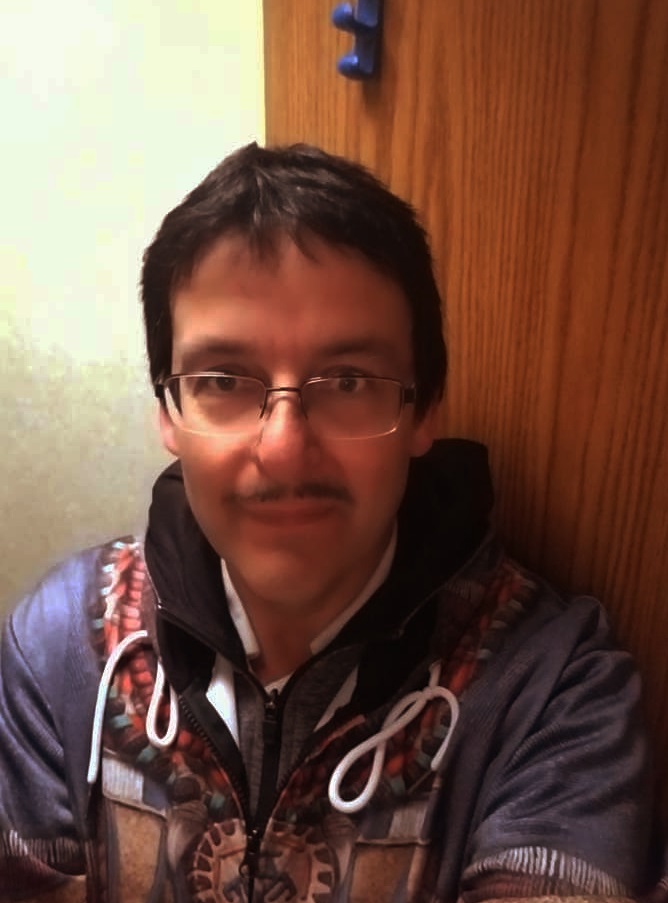
 |
| Thunder Cloud |
Pjila'si (welcome),
Have you ever heard of a talking stick? I have read and have been told that when Mi'kmaq elders and leaders would meet it was always in a circle, it was a discussion on important issues where only the person having possion of the talking stick could speak. The symbol could be a feather, walking stick, a braid of sweet grass, a rock, or a pipe. It was the pipe most commonly used in an elders' Talking Circle. The Talking Stick or symbol was placed in the center of the group, and each individual who had something to contribute picked up the object and spoke to the group. The Talking Stick (as it is more commonly known) gave each speaker the courage to speak the truth and the power to speak from the heart. Other members of the circle were to listen to the speaker without interruption, and to try to understand his or her message. The Talking Stick ensured a democratic process and all members were encouraged to contribute, and all were as equals.
The Talking circle or Healing circle is a gathering of people where the participants are arranged in a circular formation often officiated or headed by a Circle Leader who would hold in his hand a sacred symbol symbolizing his/her leadership. As long as that symbol is being held by this speaker, he/she has the sole right to speak to the members of the circle on any subject. After completing his/her speech, the speaker then passes on the speaker's symbol to the person next to him/her, which then permits the receiver of the symbol to be the leader and speaker for that time being. A person may decide to speak and the symbol would then be passed on to the next person until the circle has been completed. The circle is a form of social or spiritual healing or uncluttering of the system whereby the participant is able to speak frankly about subjects that he or she would normally keep privately to themselves. It could also be said that this activity could be called an ancient form of traditional therapy or community healing process.
These talking circles have been used for centuries by our Mi'kmaw ancestors across the Míkmákik territories from Ktaqamkuk (Newfoundland) to Kespek (Gaspe') Today, talking circles are growing in importance in Mi'kmaw communities. Whenever there is a problem or crisis situation in a community, a Talking Circle is called for all ages. There could be one Talking Circle or more. There is no special time for a Talking Circle to commence, and anybody can call one. It is considered very sacred because it is a form of counselling.
Welálin (thank you).
Wantaqo'ti, (peace).
Compiled by Jasen S. Benwah
Local Mi'kmaq Researcher
Website Copyright © 2005 Benoit First Nation